On August 1, 1834, an new act came into effect across the entire British Empire, which then included the United Kingdom, and colonies around the globe, including what is now Canada.
It was called the Slavery Abolition Act, and it made the act of owning human beings illegal. In the case of Canada, as in the United States, those who were enslaved were Black and Indigenous Peoples.
This important date—as well as the fact that slavery was once widespread across this country—has been largely forgotten in Canada. But on March 24, 2021, the House of Commons voted unanimously to officially recognize August 1 as Emancipation Day. This will be the first year that it is happening.
It is meant to be a day to reflect upon and educate one another about the true history of the slave trade in Canada. It is also meant to be a time to engage in addressing anti-Black racism, and to celebrate the strength of Black communities in this country.
Slavery in Canada
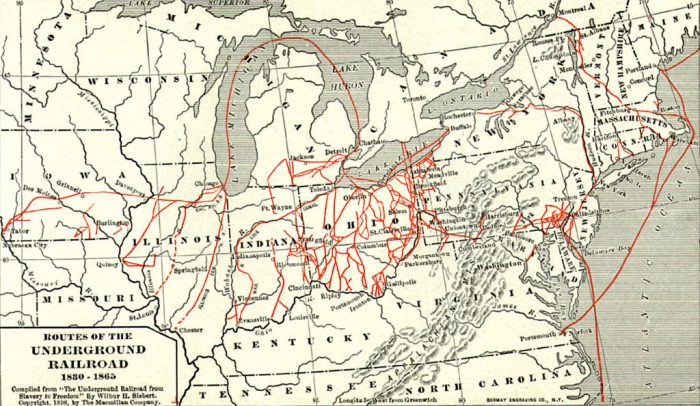
The Underground Railroad is an important part of Canadian history. But it only tells part of the story of slavery and Canada. (Getty Embed)
When most people think of slavery in North America, they think of the United States, particularly the American south. Slavery in the US continued until the American Civil War finally ended in 1865 and it was officially announced as abolished nationwide (this event is recognized in the US on Juneteenth.)
Usually when Canada is mentioned in relation to slavery, it is to discuss the Underground Railroad—this was a system of secret routes and alliances in the early and mid-19th century that helped slaves escape the southern United States to find freedom in the northern US and in Canada. Though this all really happened, the truth of slavery in Canada is much more complex.
In reality, slavery was widespread across many European nations and their colonies. This included what is now Canada. In fact, there was a time in the late 18th century when enslaved peoples fled from Upper Canada to parts of the northern United States to escape slavery here.
Slavery in Canada also included the enslavement of Indigenous Peoples. Initially, two-thirds of enslaved peoples were Indigenous. It was only during the late 18th century that Black people outnumbered the Indigenous Peoples who were bound by slavery. In short, though the slave trade ended much earlier in Canada than in the southern United States, it existed for a long time.
Did slavery end immediately on August 1, 1834?
When the Slavery Abolition Act was made official, slavery did not end overnight. All enslaved people under the age of six were immediately freed. But anyone older still had to do unpaid work for their owners as 'apprentices' for four to six years. This practice finally ended on July 31, 1838.
But the act did mean that no new slaves could be traded or purchased in Upper Canada. And it also made that area free territory to all Black people fleeing the United States. This led to large numbers of Black people using the Underground Railroad to escape the American south and reach Canada.
Remembering and educating

Dundas Street in Toronto is just one of many places named after the Scottish politician Henry Dundas, who fought against abolishing slavery before the Slavery Abolition Act was passed. This major street is going to be renamed by April 2022 in an effort to address its past tied to racism. (Wikimedia Commons)
But finding freedom in Canada did not mean escaping racism and prejudice. Whether newly freed from their Canadian owners or escaped from owners in the US, formerly enslaved people still had to deal daily with racism, discrimination, intimidation, and violence. And despite the efforts of many, systemic racism against Black and Indigenous Peoples still exists today in this country.
Emancipation Day encourages people to learn about what slavery truly was in Canada. That the country was more than just a place where people found freedom. It also encourages us to recognize the efforts of all those who fought against enslavement. And to realize that the work is not fully complete.
By reflecting, reading, learning, and engaging, we can all be a part of addressing the issues of anti-Black racism and Indigenous rights.
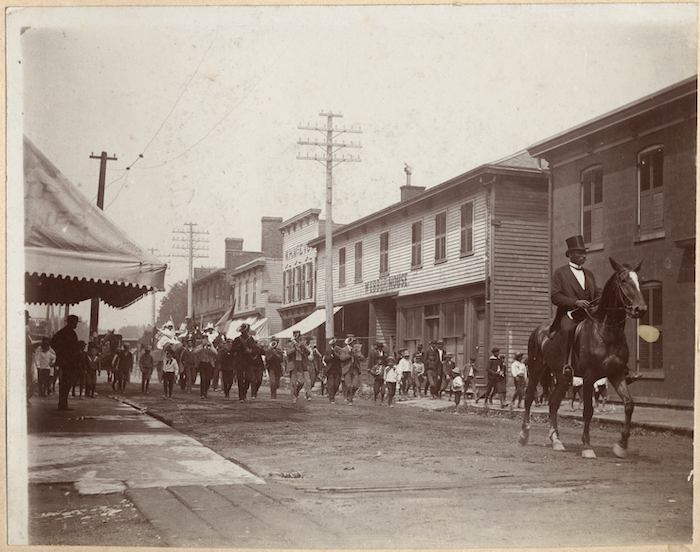 An Emancipation Day parade in Amherstburg, Ontario in 1894. Despite only being recognized officially in Canada this year, August 1 has been celebrated for nearly two centuries by Black communities across the former British Empire. (Wikimedia Commons)
An Emancipation Day parade in Amherstburg, Ontario in 1894. Despite only being recognized officially in Canada this year, August 1 has been celebrated for nearly two centuries by Black communities across the former British Empire. (Wikimedia Commons)
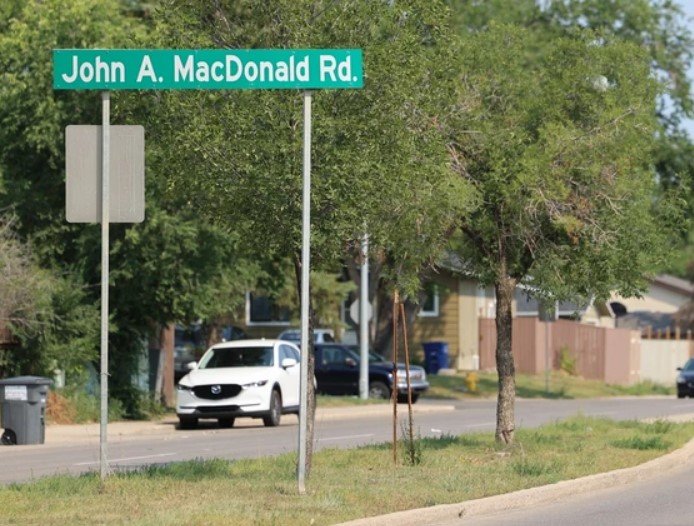
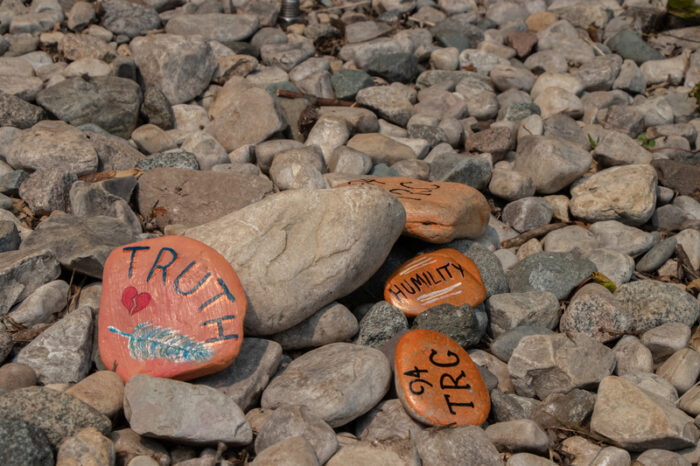
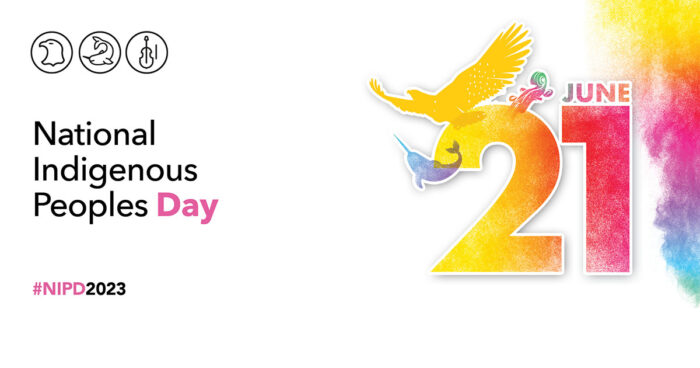


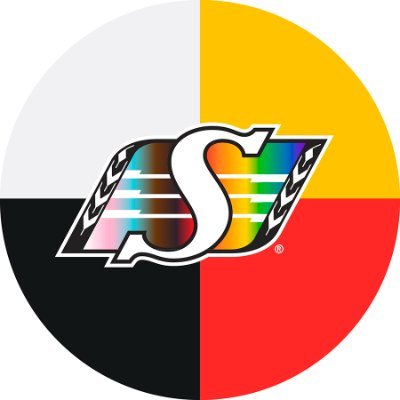

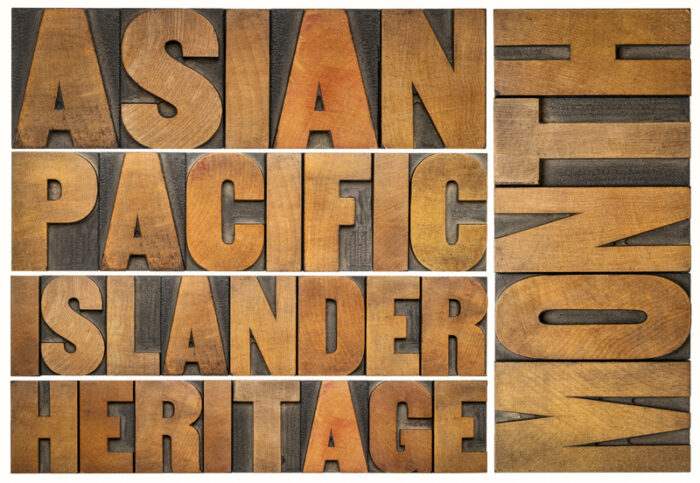


Wow! Once again, Owlconnected has educated me on an incredibly important issue.
Thank you!!!!
From Julie, a grandmother